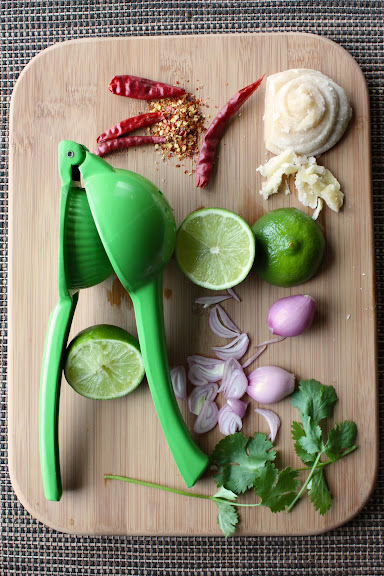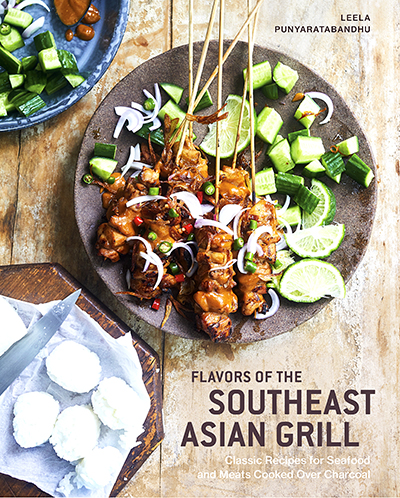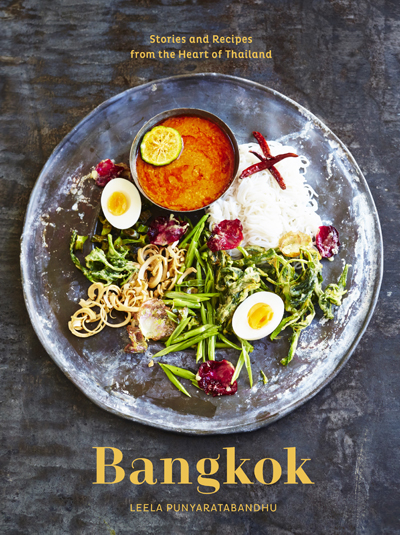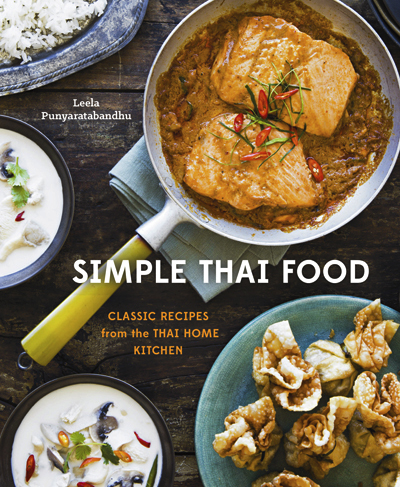
Should it surprise anyone that pork neck [1] or collar is one of the favorite cuts among the Thai? Blessed with just the right amount of lean meat, muscle, and fat, pork neck is so flavorful that I’m tempted to say that you could throw a completely unseasoned piece of it on the barbie, and the result would be quite good.
Okay, so that might be a stretch, but if you have tasted a perfectly-grilled piece of pork from the areas around the face and the shoulder, you know it’s not a major stretch.
For this reason, I prefer to keep things very simple for this particular dish, leaving out even what I consider to be the essential marinade ingredients, namely garlic, peppercorns, and cilantro roots. The dipping sauce, jaew (RTGS: jaeo), is already intense in flavor that the pork doesn’t need to be elaborately seasoned at all. The only thing I insist on when it comes to the marinade is the addition of palm or brown sugar. It’s a personal preference. Sugar increases the caramelization on the surface of the meat when it’s grilled, and I love the crispy, slightly-charred bits.
Grilled pork neck with Jaew can be served as an appetizer; it can also be served as an entrée with hot-off-the-splatter-guard sticky rice or plain steamed jasmine rice.
[1] The porcine terminology can be confusing. When in doubt, please know that as long as it says pork neck, collar, jowl, shoulder, or butt on the package, you can’t go wrong (these are not necessarily all the same, mind you, but all of them do the job nicely — some better than others). However, for your edification, I decided to draft this highly technical and complicated map showing where to locate pork neck. This is the result of years and years of observing domestic pigs and wild boars in their natural habitat.

Afraid that the level of sophistication of the graphic and the depth of my hog knowledge demonstrated therein would intimidate some readers, I’ve asked my trusted expert, Bob del Grosso, to put it all in layman term for you. According to Bob, in the US, pork neck and pork butt are synonymous. There is a misunderstanding going around that the neck and and the jowl are the same thing, but that is not the case. The jowl is a triangular cut that tapers from ahead of the shoulder, under the eye, in the direction of the snout. Think of it as a “cheek,” says Bob. Some of the other names for the butt are Boston butt, coppa (Italian), and échine de porc (French).
- 2 lbs pork neck, cut into wide slabs about ½-inch thick
- 3 tablespoons grated palm sugar (or 1 tablespoon brown sugar)
- 2 tablespoons oyster sauce
- 1 tablespoon fish sauce
- 2 tablespoons whiskey, brandy, or rum (optional)
- A recipe of Jaew
- Mix everything together in a mixing bowl, cover, and refrigerate for anywhere between 2 to 6 hours. Grill. Slice. Serve with Jaew.













